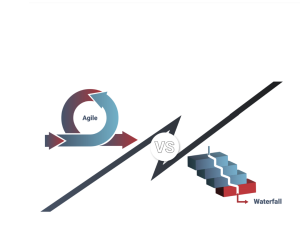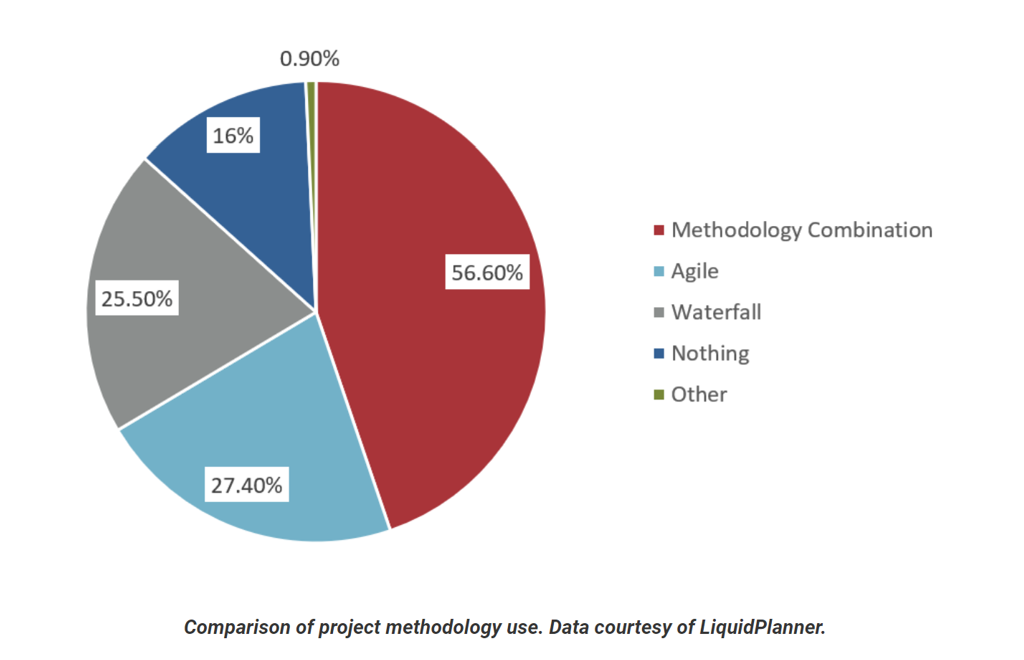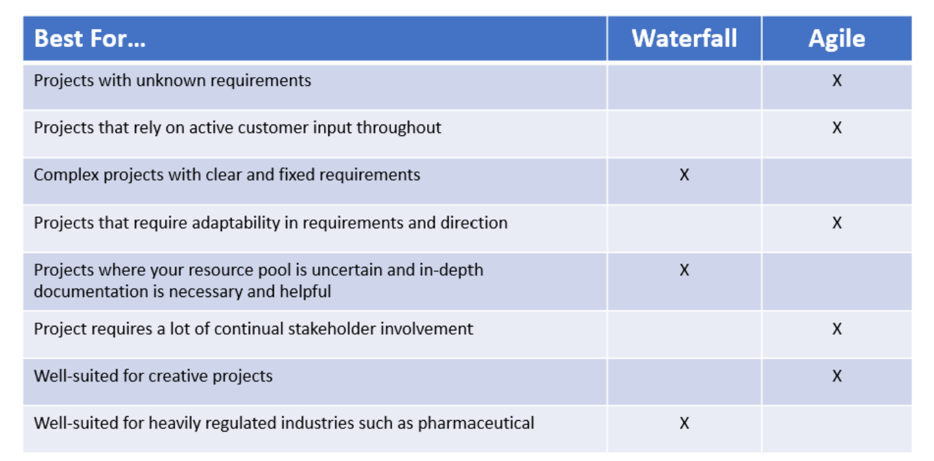Optimizing Programs for Maximum Impact
Organizations lacking an experienced PMO and Project Leadership capability expose themselves to the risk of missed opportunities and wasted resources, hindering the deliberate pursuit of improved business outcomes. Time is one of the most precious resources, and without effective management of time, all other endeavors become challenging to manage. Aspirant’s certified program and project management experts help clients achieve their strategic vision by implementing and leading an actionable plan for getting it done.
Tactical Alignment with Strategic Plan
Compare potential projects with those already underway, based on their synergy with the strategic plan. Prioritize resource allocation for initiatives directly linked to goals and objectives.
Project Life Cycle Management
Access supplemental project manager horsepower to accelerate urgent or high-visibility deliverables without the time or commitment of recruiting additional headcount.
PMO: Project Management Office
Utilize our assessment process to evaluate the current state and revise ways of working. Stand up a project management office strengthened by subject matter expertise.
Portfolio Oversight & Governance
Implement a governance model that establishes accountability and ownership. Dynamically manage portfolio initiatives. Keep leadership updated on performance and milestones.

Agile vs Waterfall Project Management: Comparing Methodologies
Which project management methodology is right for you? Here’s your guide to help you evaluate Agile vs. Waterfall and how they can work together, how they can work together for success.
Project Management Approaches
Managing a project takes a unique skills and an approach unlike most business practices. The Project Management Institute (PMI) defines a project as “a temporary endeavor in that it has a defined beginning and end in time, and therefore defined scope and resources. It is unique in that it is not a routine operation, but a specific set of operations designed to accomplish a singular goal. Project Management, then, is the application of knowledge, skill, tools, and techniques to project activities to meet the project requirements.”


Project Management Frameworks and Methodologies
Whether building a bridge, developing software, or optimizing a new process, a skilled project manager uses a system of processes called a framework or methodologies. Frameworks are generally loose and provide structure and guidelines without being too rigid. Methodologies are more perspective, providing rules, methods, and deliverables with less room for interpretation. For years, the Waterfall frame was the most popular approach, whereby the team moves in a linearly from one phase to the next only after prior phase is completed. This also commonly called a predictive or phased framework.
Other approaches have been introduced, which are considered “agile” and “lean,”, whereby a team iterates and incrementally builds the results. The software industry made this popular because it solved for the pitfalls of the traditional Waterfall frameworks, where the scope be unknown and evolve as the project continued.
Regular Agile focuses on iterative development and collaboration at the team level, SAFe extends Agile principles and practices to address the complexities of scaling Agile across larger organizations with multiple teams and stakeholders. SAFe provides a structured framework for aligning strategy, execution, and delivery at different organizational levels, enabling enterprises to achieve agility at scale

